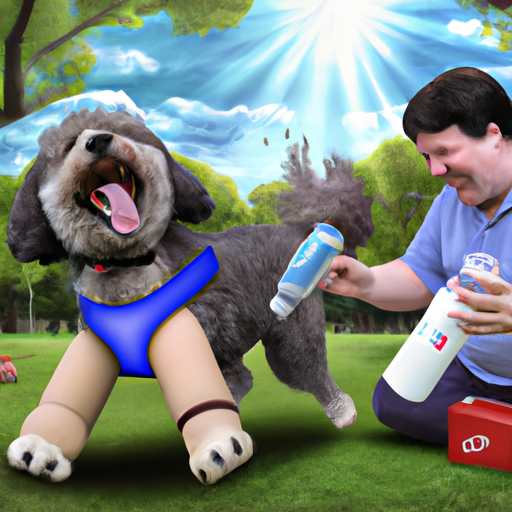As a caregiver for your furry companion, it’s vital to understand the various health issues that your dog can face. One such issue is arthritis, a condition prevalent in older dogs. This guide will provide you with comprehensive information on treating arthritis in dogs. We’ll delve into the causes, symptoms, treatment options, and preventive measures, helping you ensure your canine friend’s comfort and health.
1. Understanding Canine Arthritis
Arthritis in dogs, much like in humans, is a degenerative condition that affects one or more joints. Most dogs experience arthritis as a result of the aging process, although it can also be due to injury or disease. Symptoms include:
- Difficulty moving
- Pain in the joints
- Limping
- Swelling in the joints
- Tiredness
- Irritability
2. Causes and Risk Factors
Several factors can lead to arthritis in dogs. The primary cause is the natural wear and tear on the joints due to aging. However, other risk factors may accelerate the onset of arthritis. These include:
- Breed: Some breeds are more prone to arthritis, such as Labradors, German Shepherds, and Golden Retrievers.
- Weight: Obesity puts extra stress on joints, increasing the likelihood of arthritis.
- Injuries: Previous injuries to the joints can lead to arthritis in the future.
- Genetic predisposition: Some dogs have a genetic predisposition to develop arthritis.
3. Treatment Options
The treatment of arthritis in dogs is multifaceted, incorporating medication, lifestyle changes, and sometimes surgery. Here are some options:
- Medication: Nonsteroidal anti-inflammatory drugs (NSAIDs) are often prescribed to reduce inflammation and pain.
- Dietary Supplements: Supplements like glucosamine and chondroitin can promote joint health.
- Weight Management: Maintaining a healthy weight can reduce pressure on the joints.
- Physical Therapy: Exercises and massages can help keep joints flexible and strengthen surrounding muscles.
- Surgery: In severe cases, surgery may be necessary to repair or replace the joint.
| Treatment Option | Benefit |
|---|---|
| Medication | Reduces inflammation and pain |
| Supplements | Promote joint health |
| Weight Management | Reduces pressure on joints |
| Physical Therapy | Keeps joints flexible |
| Surgery | Repairs or replaces joint |
4. Preventive Measures
While arthritis is often a part of aging, there are steps you can take to slow its onset or lessen its impact:
- Maintain a Healthy Weight: A balanced diet and regular exercise can prevent obesity, a major risk factor for arthritis.
- Regular Vet Check-ups: Regular vet visits can help detect early signs of arthritis.
- Careful Exercise: Regular, low-impact exercise helps keep joints healthy without causing undue stress.
5. Frequently Asked Questions (FAQs)
Q: Can arthritis be cured in dogs?
A: There’s currently no cure for arthritis, but the condition can be managed to improve a dog’s quality of life.
Q: Are certain dog breeds more prone to arthritis?
A: Yes, some breeds like Labradors, German Shepherds, and Golden Retrievers have a higher risk.
Q: Can a young dog get arthritis?
A: While arthritis is more common in older dogs, younger dogs can develop it, especially due to injury or genetic predisposition.
Q: Is surgery a common treatment for arthritis in dogs?
A: Surgery is typically a last resort when other treatments have not provided relief.
Remember, as a caregiver, your role is pivotal in managing your dog’s arthritis. With your love, support, and the right treatment, your dog can lead a comfortable and happy life, even with arthritis.



